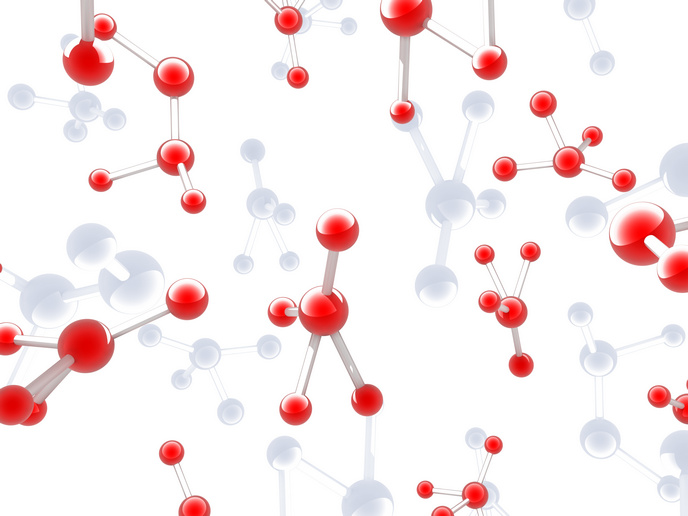Skeletal tissue regeneration
Musculoskeletal degeneration and complications from injuries are eligible for treatment by regenerative approaches. These strategies aim to repair, restore or rejuvenate skeletal elements and associated tissues using stem cells and biocompatible scaffolds. Ideally, scaffolds with integrated bioactive factors that support the differentiation of stem cells into tissue-specific cells should be able to respond to environmental cues. Moreover, scaffold biomaterials should facilitate the tissue-implant interface and could comprise titanium rods with bulk polymers and self-assembling short peptides. The EU-funded SKELGEN (Establishment of a cross continent consortium for enhancing regenerative medicine in skeletal tissues) initiative brought together leading EU and New Zealand experts in the field of orthopaedic research. Through a multidisciplinary approach encompassing bioengineering and computational modelling, the consortium aimed to develop novel regenerative medical solutions for the human skeleton, including bones, cartilage and tendons/ligaments. Skeletal tissue engineering Researchers initially standardised protocols for the isolation, characterisation and expansion of skeletal stem cells from different sources. In addition, they developed several bio-manufacturing platforms for the design and production of tissue-specific porous scaffolds. These were designed to deliver the supporting material and growth factors for the directed differentiation of skeletal stem cells into bioengineered bone, cartilage or ligament. Researchers visualised construct topology, performed mechanical evaluation and immunogenicity testing, as well as in vitro evaluation of biomaterial scaffolds. Studies in various animal models validated the biocompatibility and potential clinical efficacy of the generated constructs. The overall tissue engineering approach was assisted via computational modelling. The aim was to understand the mechanisms of cell and tissue regeneration as well as the cells-scaffold interaction in the three-dimensional setting. ‘Computational modelling is a new research tool, which is very important for the integrated understanding of stem cell behaviour, cell growth and nutrient requirements as well as gases modelling during the tissue regeneration process,’ Dr Yang explains. Clinical translation The next step towards clinical translation of these candidate medical devices was mediated through contacts with orthopaedic surgeons and the industry. Importantly, partners believe that ‘The engagement of research scientists with clinicians at the early stage of research and development towards clinical translation will have a huge social and economic impact for the community’. Doctors and researchers at the University of Southampton in related research employed a construct made of bone and titanium in hip surgery. Patient-specific, the implant was designed and developed using computer-aided design and manufacturing technology. Doctors used bone stem cells to replace bone loss and encourage tissue regeneration behind and around the implant. This cutting-edge technology is expected to significantly improve patient outcome. Overall, SKELGEN achieved its mission of establishing solid cross-continent collaborations through exchange of researchers between EU beneficiaries and NZ partners, annual progress meetings and workshops. Project achievements were communicated in international symposia and conferences as well as through publications. Collectively, these efforts have led to joint EU ITN grant applications by the consortium members. Bypassing political and ethical concerns, SKELGEN partners envision that innovations in stem cell therapy can significantly advance the field of regenerative medicine. A rapidly rising ageing population necessitates such progress in regenerative interventions to improve the life of citizens and reduce healthcare costs.
Keywords
Regenerative medicine, scaffold, SKELGEN, bone, computational modelling







